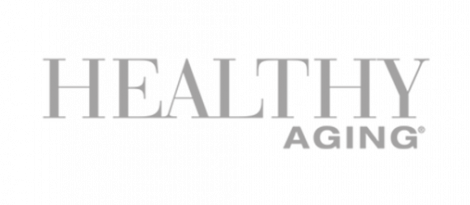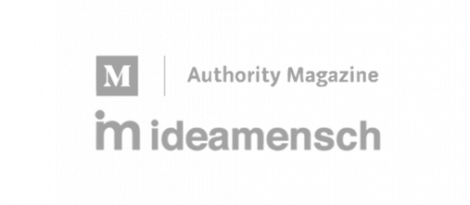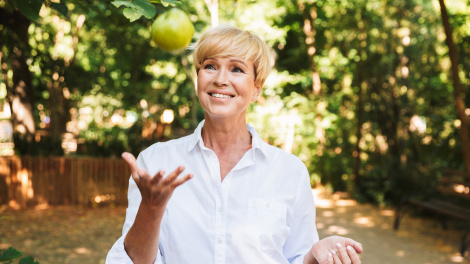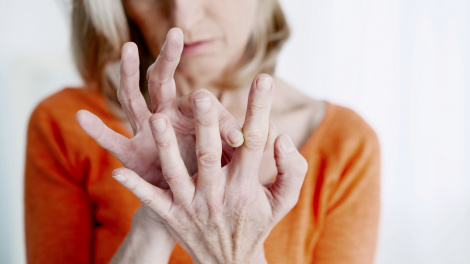Common foot injuries: Causes, treatment and prevention


This article has been redacted from the original. To read the full article, please sign in.
Think about your feet for a moment:
Our feet contain 26 bones, 36 joints, and more than 100 muscles, tendons and ligaments, all intricately covered and protected by a continuous body-wide web of connective tissue we know as fascia. Every move we make in an upright, weight bearing position involves our feet.
With twice as many feet as people in the world, there are many variances; flat feet, pronated feet, supinated feet, wide feet, narrow feet. Genetics mean that often, we “inherit” our feet - we might have our mother’s crooked toes, grandmother’s ‘fat’ ankles, father’s longer second toes, and flat feet can “run” in the family!
In Western society, many forsake comfort for aesthetic appeal, often with dire consequences. We incur injuries and abnormalities such as arthritic toes, inflammation, swelling, calluses, bunions, tendonitis, Plantar Fasciitis, Morton’s neuromas and the list continues.
How we treat our feet is crucial to living and aging well, so we should nurture, care for and learn to love our feet.
Sign up to access our ANKLE MOBILITY program to strengthen your ankles and improve your gait and movement.
Let's understand why
The feet are the connection of our bodies to the earth and to the rest of the body via our ankles, knees, hips, pelvis and all the way up to our heads – picture yourself as an intricate chain. The nerve endings in your feet provide your nervous system and brain with information about your body’s position in the space around you.
This is called proprioception. Our bodies are dynamic structures moving in an ever changing, dynamic environment. We find our balance and homeostasis (stability and equilibrium) in our feet and, according to Reflexology theory, every body part is represented and can be accessed and treated via our feet. Our feet are without doubt a vital part of our moving anatomy.
The most common causes of foot injury, treatment and how to prevent it.
Foot injuries can occur if they, or any of the other parts of the body, are not free to move.
A stiff hip joint on one side could transmit stiffness through the body; perhaps the leg on the stiff side doesn’t lengthen as fully as we move, and so over time our hips become mal-aligned and a ‘leg length discrepancy’ can occur. This results in more pressure on the foot on the shortened side as we walk and move. This change alters our gait pattern which in turn could result in foot injuries – collapsed arches and over pronated feet on the shortened side and /or supination and stiffness in our ankle on the lengthened side.
When we move our whole body responds, and foot and ankle injuries could be caused by a problem somewhere else. Stiff joints are compromised joints and can easily be strained and sprained. Finding and fixing the problem area will improve the biomechanics, gait and thus foot and ankle issues.
| Habit | Results | ||
|---|---|---|---|
| Overuse |
- repetitive sprain injuries from doing too much of the same thing for too long - wearing high heels for long hours (shortens the Achilles tendon) |
- Achilles tendonitis, - plantar fasciitis, - stress fractures, - osteoarthritis |
|
| Misuse |
- tight or incorrect footwear, - injuries and stiffness in other joints - continue with normal activities despite an acute injury |
- bunions, - neuromas, - tendonitis, - sprains, - arthritis |
|
| Underuse |
- sedentary lifestyle, - diabetes, - cardiovascular disease, - osteoarthritis, - rheumatoid arthritis |
- peripheral neuropathies, - pain and inflammation, - loss of range of motion of affected joints in the foot especially the toes, - loss of balance and proprioception |
|
Most of these injuries can be treated through a combination movement therapies, anti-inflammatory medications and proper footwear (Full list of treatment options in the main article.). However the most important treatment is awareness!
Prevention and awareness
Take time to notice how you move, and how your feet expand, contract and rock and roll to propel you through your world. The best treatment for all injuries and ailments is movement. TheOptimal.me IMRs help you connect with your whole body, including your feet and ankles during the routines. The ankle rolls and inwards / outwards walking motions might seem silly or too simple, but there is real purpose to focusing on your feet.
“Sometimes the smallest step in the right direction ends up being the biggest step of your life. Tip toe if you must, but take the step!” –Gemma Stone
Just browsing? See our most popular articles



Start today! Join TheOptimal.me
Our guided 21-day course, First Steps to Physical Freedom, will introduce you to IMRs and help you make movement a habit.
- Unlimited access to Integrated Movement Routines (IMRs)
- Tips and advice from our experts
Full access free for 30 days.



